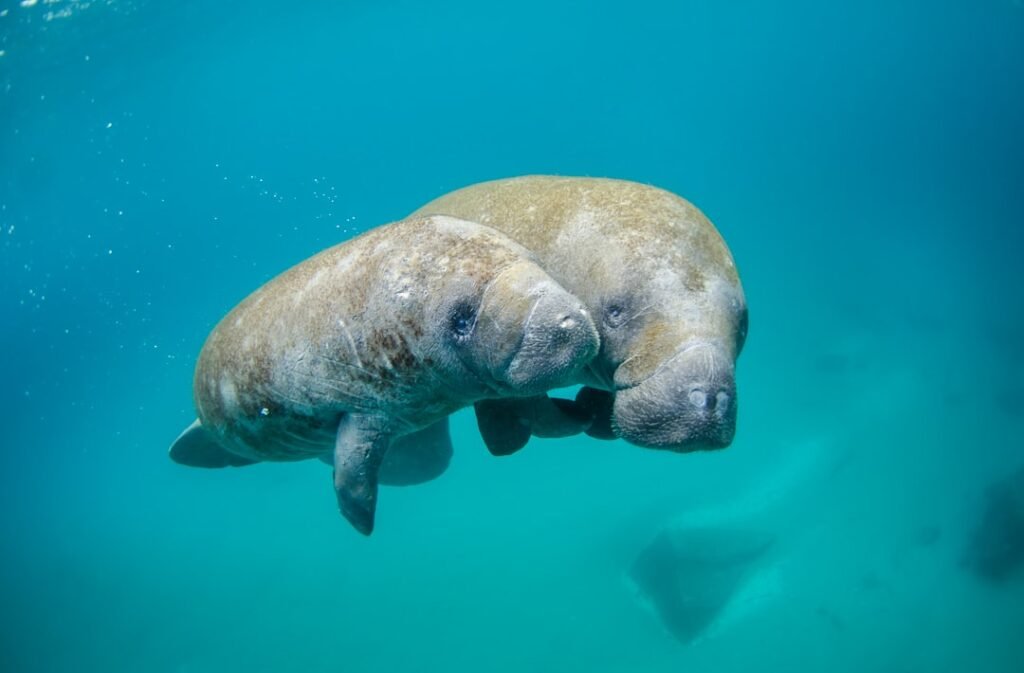Picture this: thousands of gentle giants floating in warm Florida waters, their whiskered faces breaking the surface for a peaceful breath. But underneath this tranquil scene lies a heartbreaking reality that would shock most visitors. These beloved manatees aren’t just resting – they’re fighting for their lives in ways that most people never see.
The Shocking Numbers Behind the Crisis
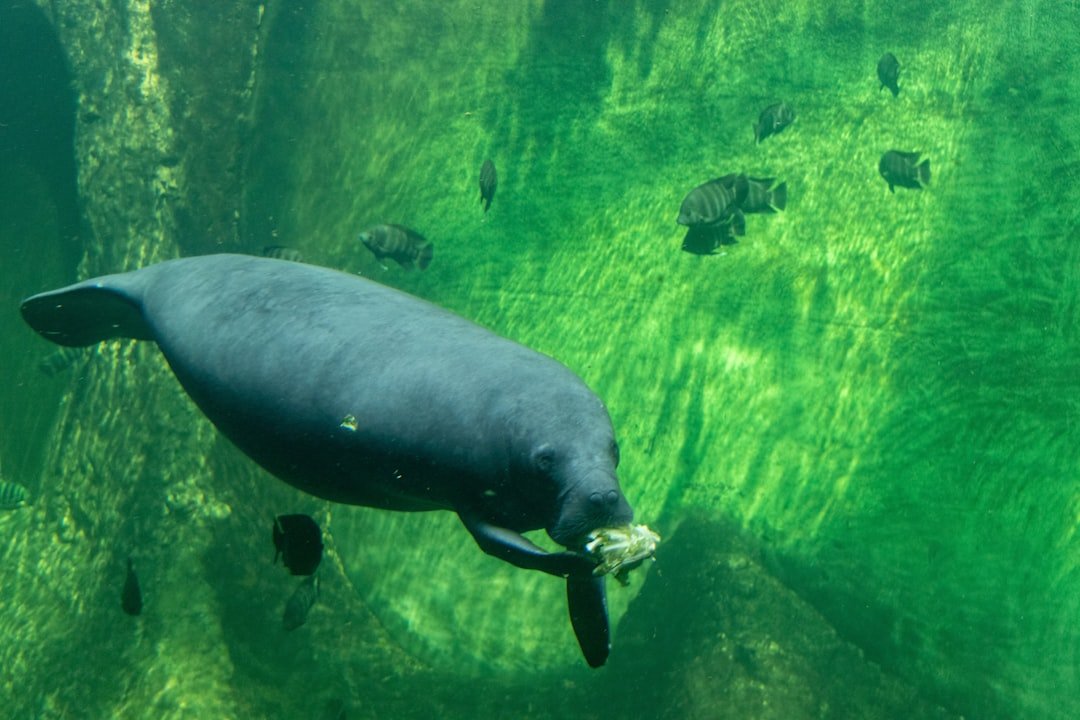
The statistics paint a devastating picture. A total of 678 manatee deaths in Florida were documented in 2024, while in 2021, 1,100 manatees died – approximately fifteen percent of the estimated population at that time. What makes this even more alarming is that nearly 2,000 manatees died in Florida between 2021 and 2022, representing more than 20 percent of the state’s population.
These aren’t just numbers on a page – they represent individual animals that once glided through our waterways. The crisis became so severe that the U.S. Fish and Wildlife Service and Florida Fish and Wildlife Conservation Commission resorted to providing supplemental lettuce for the emaciated manatees, feeding them like massive sea pets because their natural food had simply vanished.
Boat Strikes: A Deadly Game of Russian Roulette
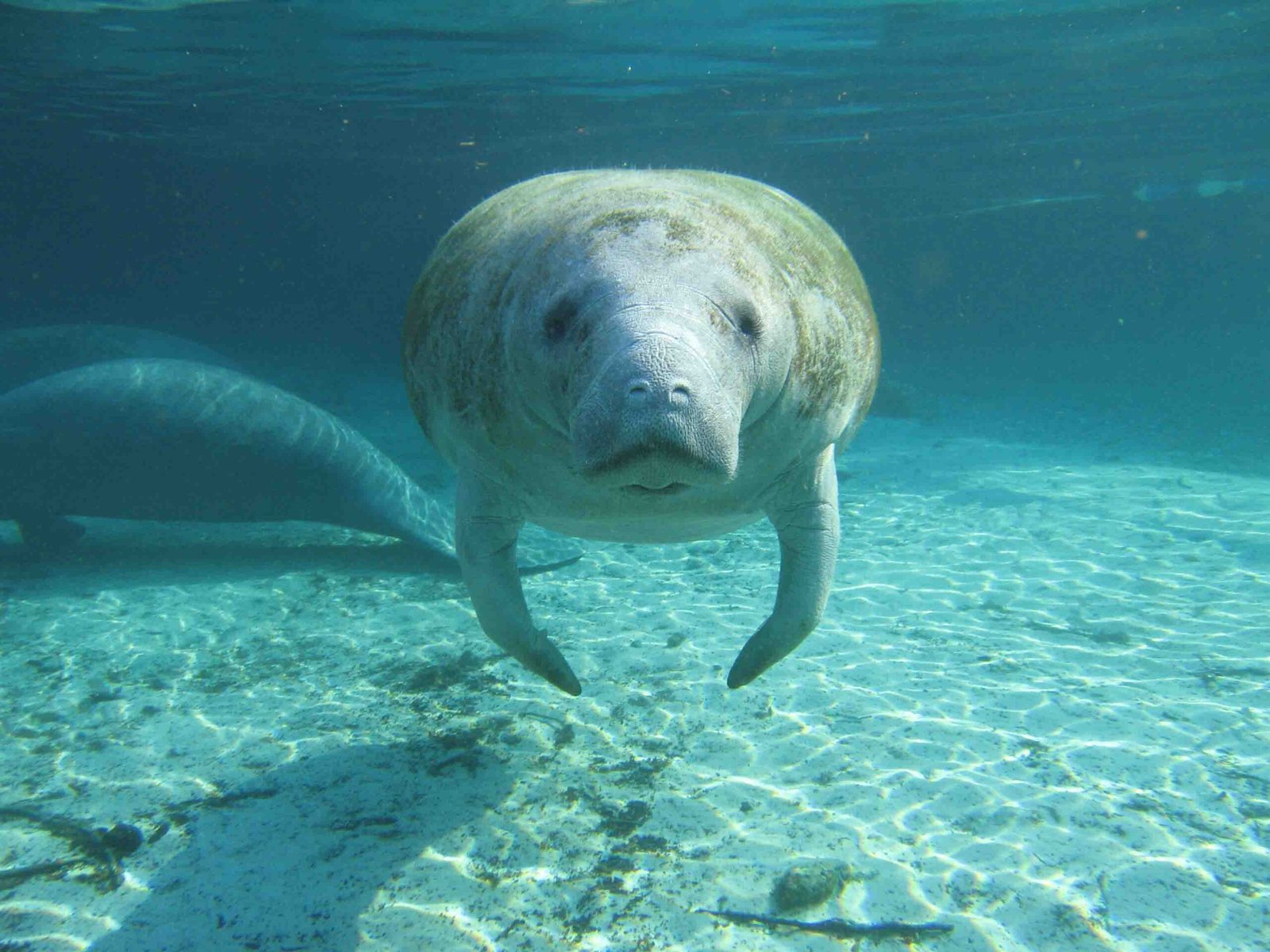
Every time a manatee surfaces to breathe, it’s playing a deadly lottery. 125 deaths were attributed to watercraft collisions in 2024, underscoring the ongoing threat boats pose to manatees. But here’s the truly heartbreaking part: one out of every four adult carcasses analyzed bore evidence of 10 or more watercraft strikes, with fewer than 5% of adult manatees devoid of watercraft-related scars.
Think about that for a moment – nearly every adult manatee in Florida waters has been hit by a boat multiple times during its lifetime. Some manatees have been hit so many times that researchers identify individual manatees by their scars. It’s like each animal carries a tragic roadmap of human encounters across their bodies.
The Vanishing Underwater Gardens
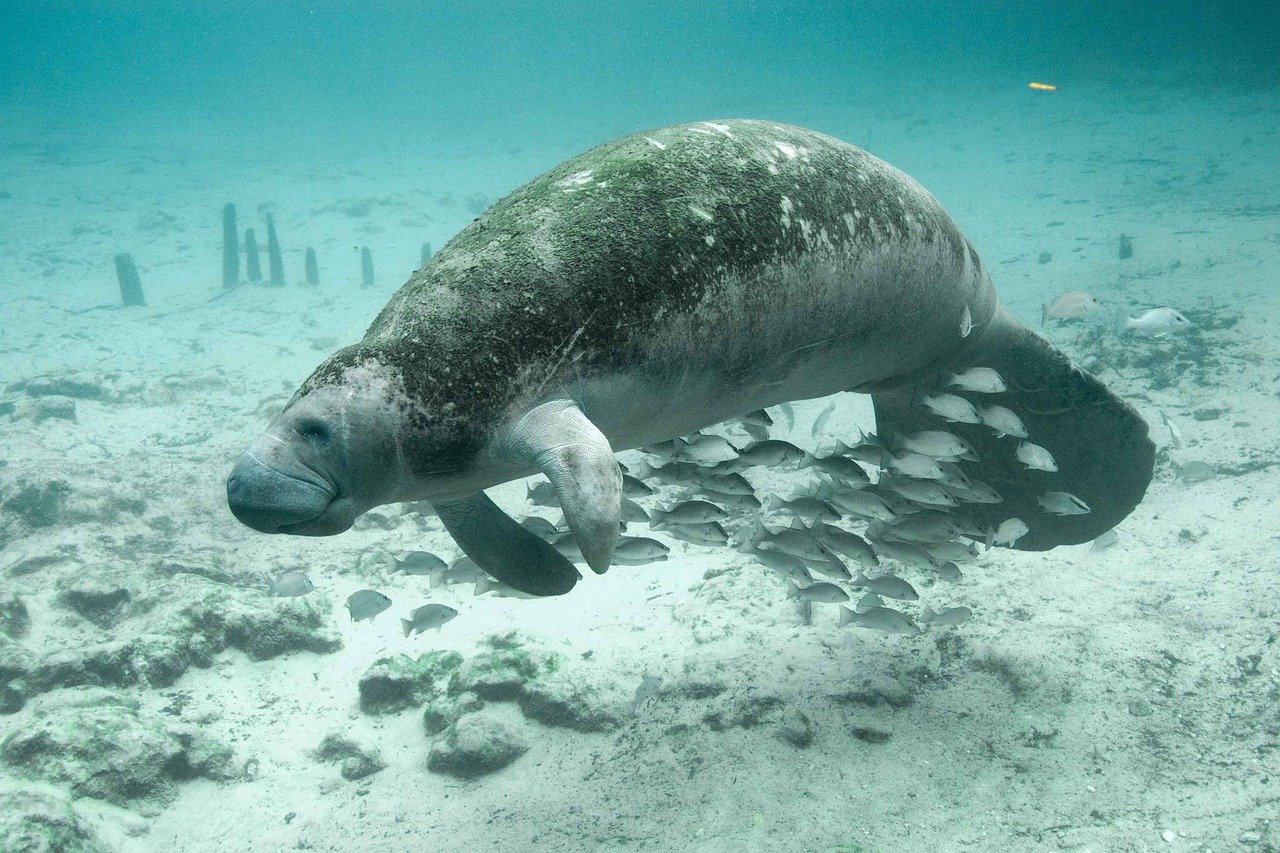
Imagine waking up one day to find your neighborhood grocery store completely empty, then the next one, and the next. That’s exactly what happened to Florida’s manatees. More than 89,000 acres of seagrass disappeared statewide over roughly a decade, including critical feeding areas that manatees had relied on for generations.
In the Indian River Lagoon, nearly all the seagrass manatees could have eaten died. Picture underwater meadows that once swayed gently in the current, providing buffet after buffet for hungry manatees – now replaced by barren sandy deserts stretching for miles. Each animal requires some 70 pounds of seagrass daily, and suddenly their supermarkets had closed permanently.
Pollution: The Silent Killer Choking Our Waters
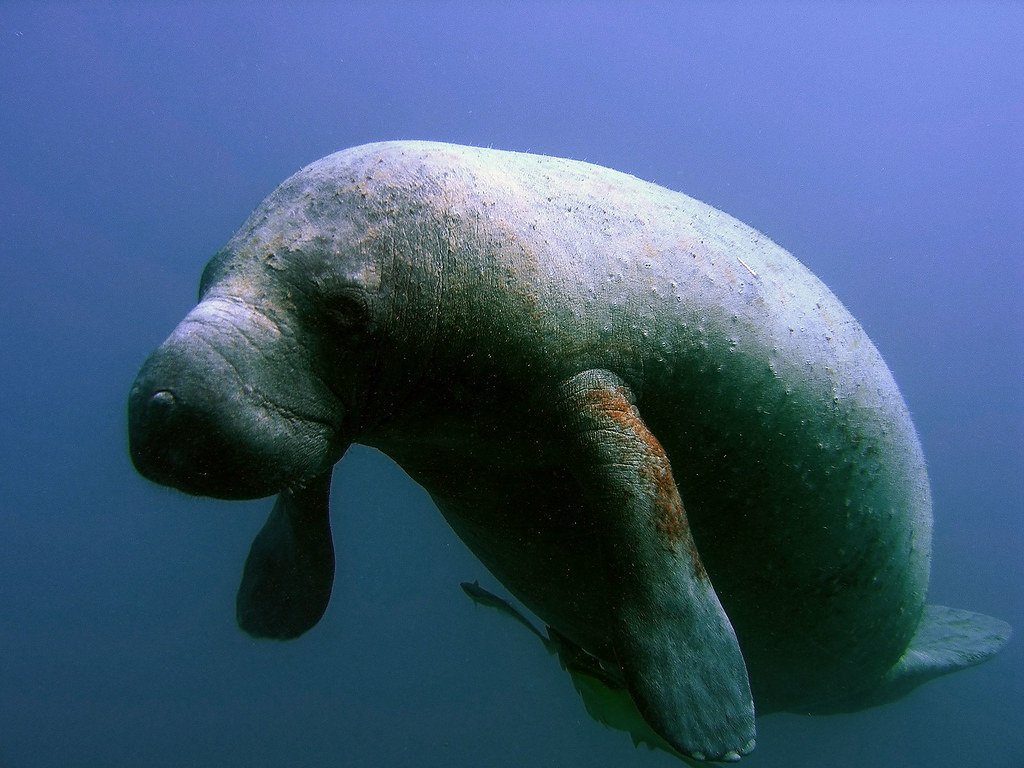
The seagrass didn’t just disappear on its own – it was murdered by pollution. More than 3 million pounds of nitrogen and 400,000 pounds of phosphorus surround the Indian River Lagoon, much of it from runoff. That’s not a typo – millions of pounds of nutrients that act like fertilizer on steroids.
At appropriate levels, nitrogen and phosphorus are building blocks of a healthy environment, but in excess, they feed eruptions of algae that poison fish and kill seagrass. It’s like giving a plant so much fertilizer that it burns to death. Residential septic systems are the primary source of nutrient pollution in the lagoon, meaning our own waste is literally poisoning the animals we claim to love.
Starvation in Paradise
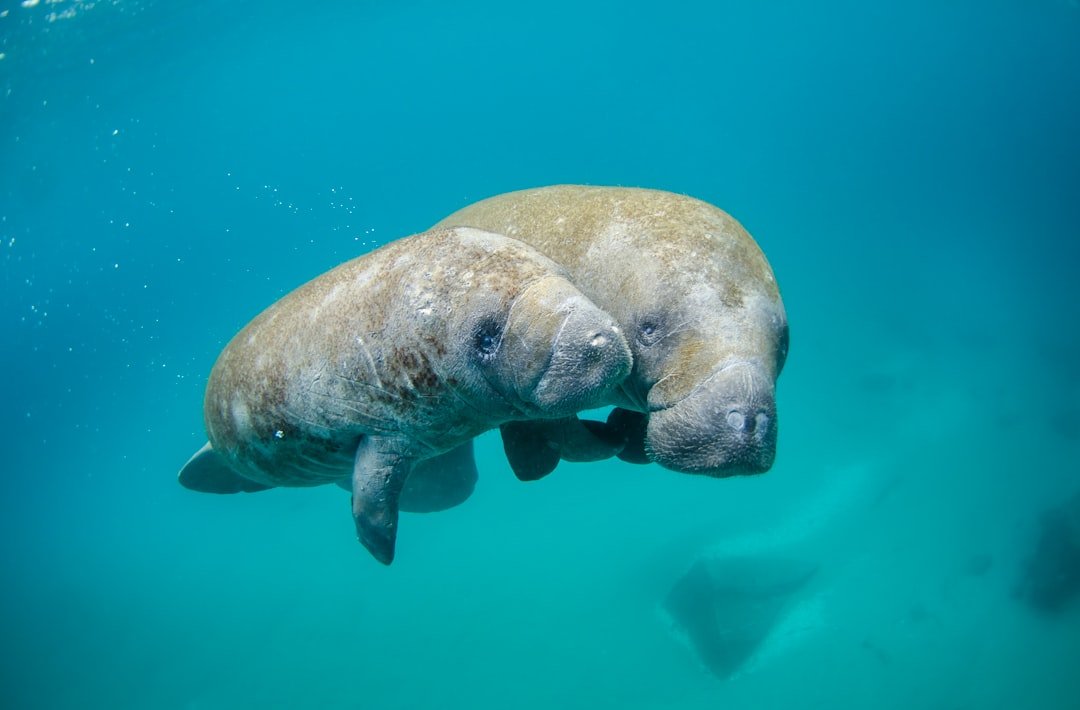
The cruelest irony is watching manatees starve to death in waters that should be abundant with life. Research shows that manatees are eating less seagrass – traditionally their primary food source – and more algae than in decades past. Studies found that manatees consumed 45% less seagrass and 74% more algae after the seagrass decline.
Imagine being so hungry that you’re forced to eat cardboard instead of real food. Preliminary research shows notable differences in the nutritional composition of seagrass and algae, and such dietary changes can worsen their physical health and increase the likelihood of starvation. These magnificent creatures are literally wasting away while surrounded by water.
Climate Change: Making Bad Things Worse
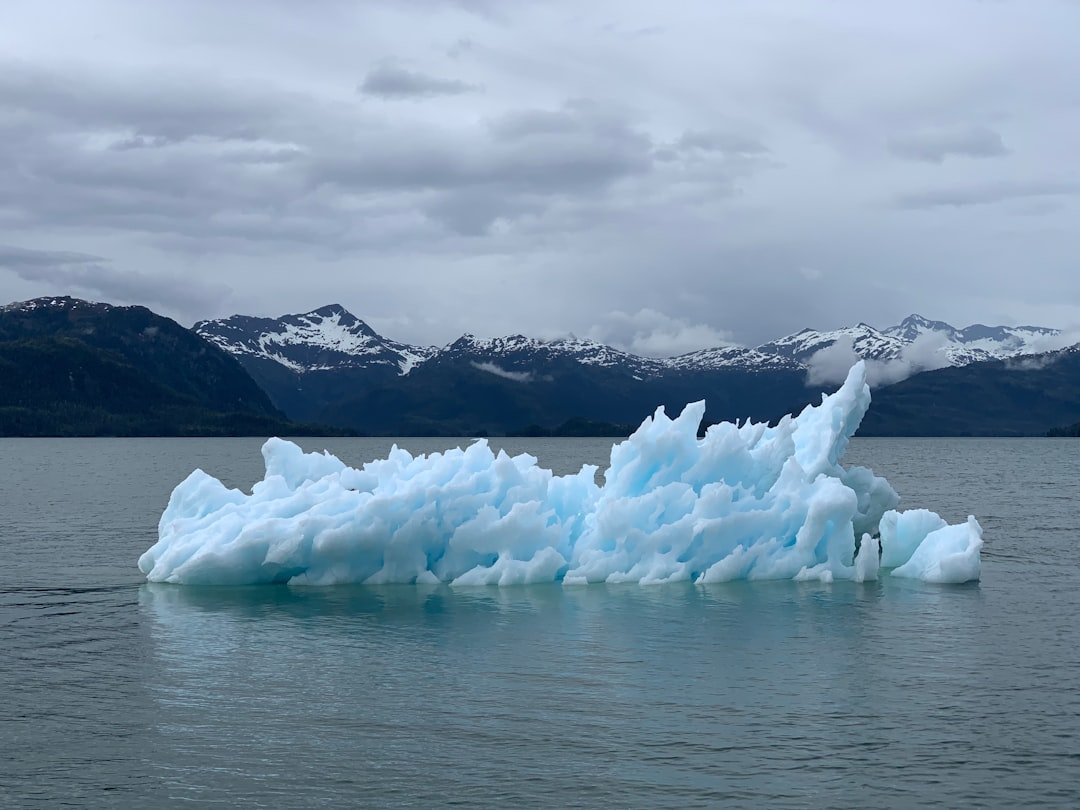
Just when you think the situation couldn’t get more dire, climate change enters the picture like a villain in the final act. Many of the factors contributing to harmful algal blooms are intensified by global warming and changing climate, which could accelerate the decline of seagrass in Florida and elsewhere.
Climate change brings increasing harmful algal blooms, including red tides, seagrass losses as a result of stronger storms that tear up seagrass beds. It’s creating a perfect storm of destruction where rising temperatures fuel more algae blooms, stronger hurricanes destroy what seagrass remains, and changing weather patterns disrupt the delicate balance these animals need to survive.
The Perinatal Tragedy
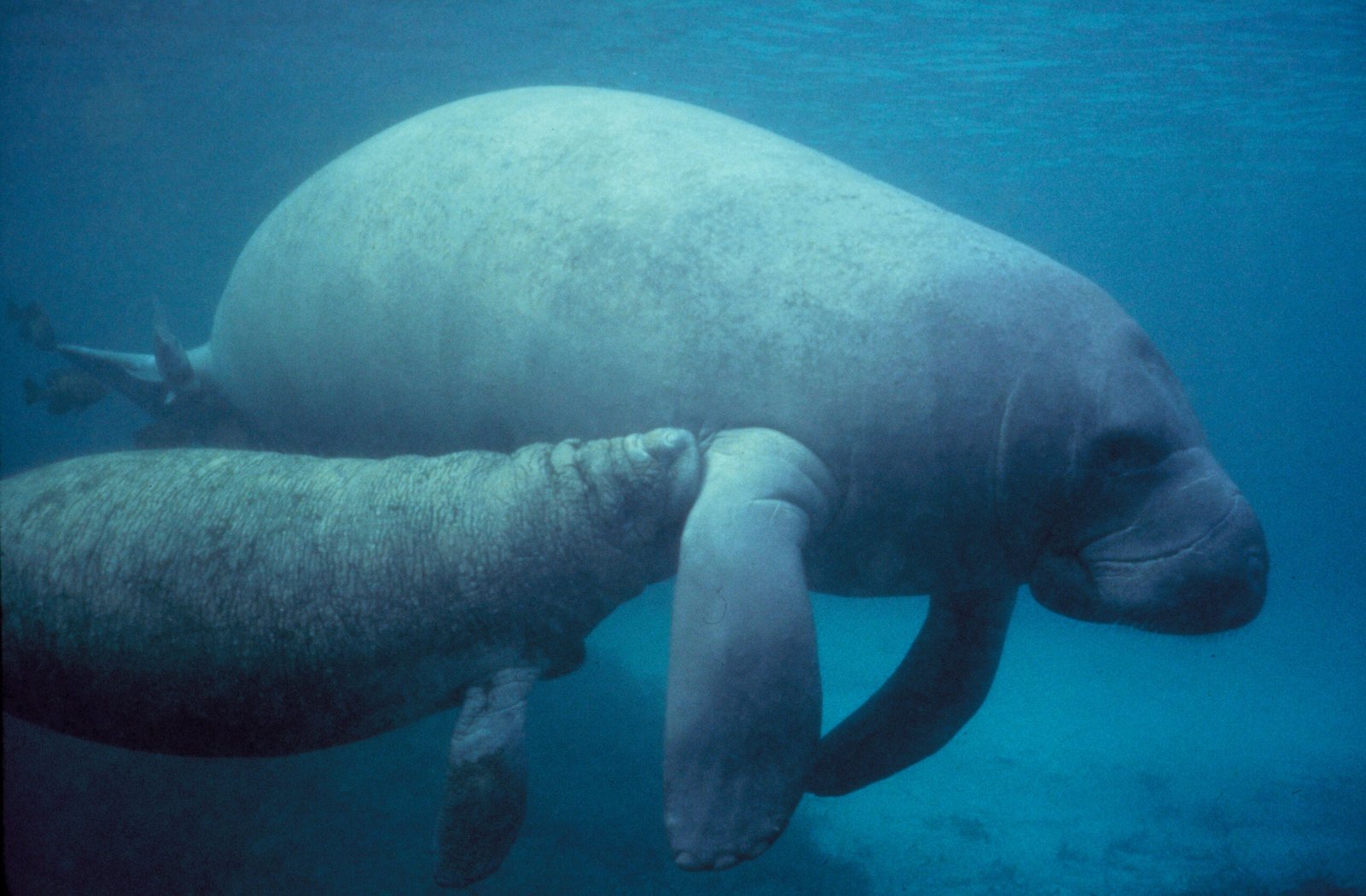
Perhaps nothing is more heartbreaking than the death of baby manatees who never had a chance. Perinatal deaths accounted for the highest number of natural fatalities, with 153 manatees under 150 cm in length dying in 2024. These tiny creatures, some still dependent on their mothers, are dying before they can even experience the world.
Following several years of starvation during the Atlantic coast mortality event, an increase in perinatal mortality can be expected with a return to reproduction, either through higher pregnancy numbers, more first-time mothers inexperienced in raising a calf, or some females still dealing with metabolic recovery from chronic malnutrition. Even when things seem to improve, the echoes of the crisis continue claiming lives.
A Glimmer of Hope in Dark Waters
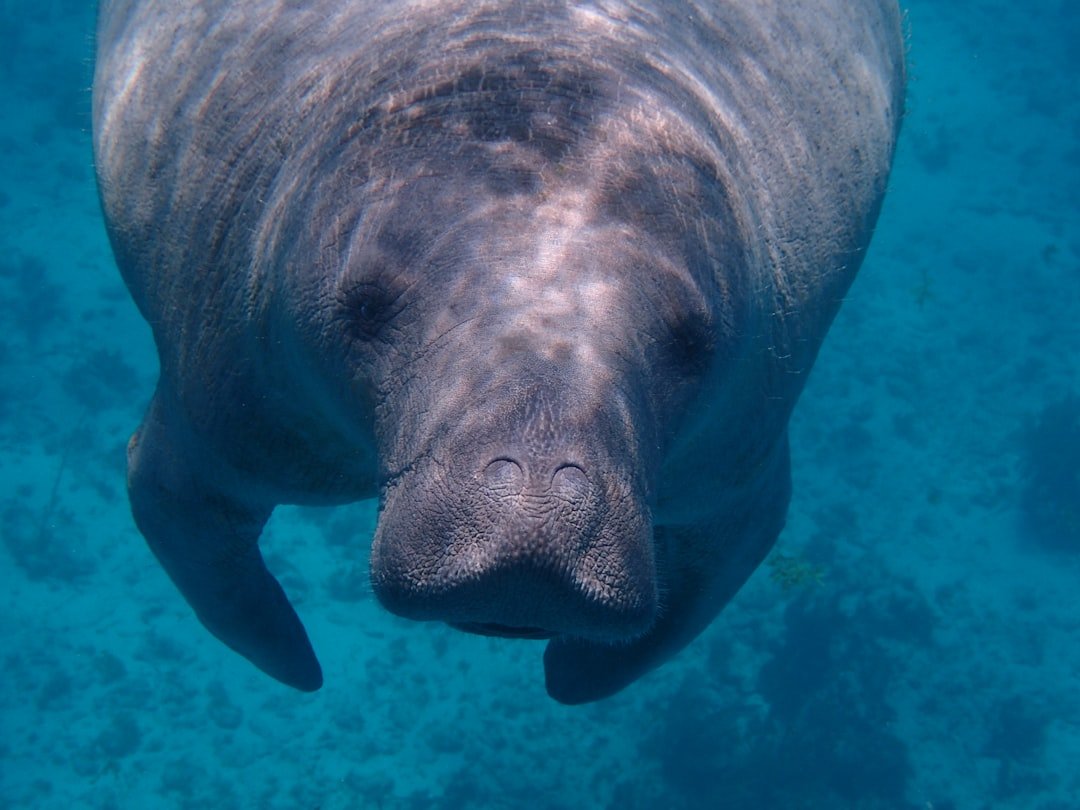
But wait – there’s a plot twist in this tragic story. The below-average manatee deaths, large numbers of rescues, expansion of multiple rehabilitation facilities, and increasing birth rates in the Indian River Lagoon are all signals indicating an improvement in the circumstances of the Florida manatee. Between 2021 and 2023, the Indian River Lagoon experienced the regrowth of more than 5,000 net acres of seagrass.
It’s like watching a patient in intensive care finally showing signs of recovery. This year brought a hopeful milestone: the official end of the Unusual Mortality Event (UME) that devastated Florida’s East Coast manatee population. The emergency feeding programs have been discontinued, and baby manatees are being born again in areas where death once ruled.
Conclusion
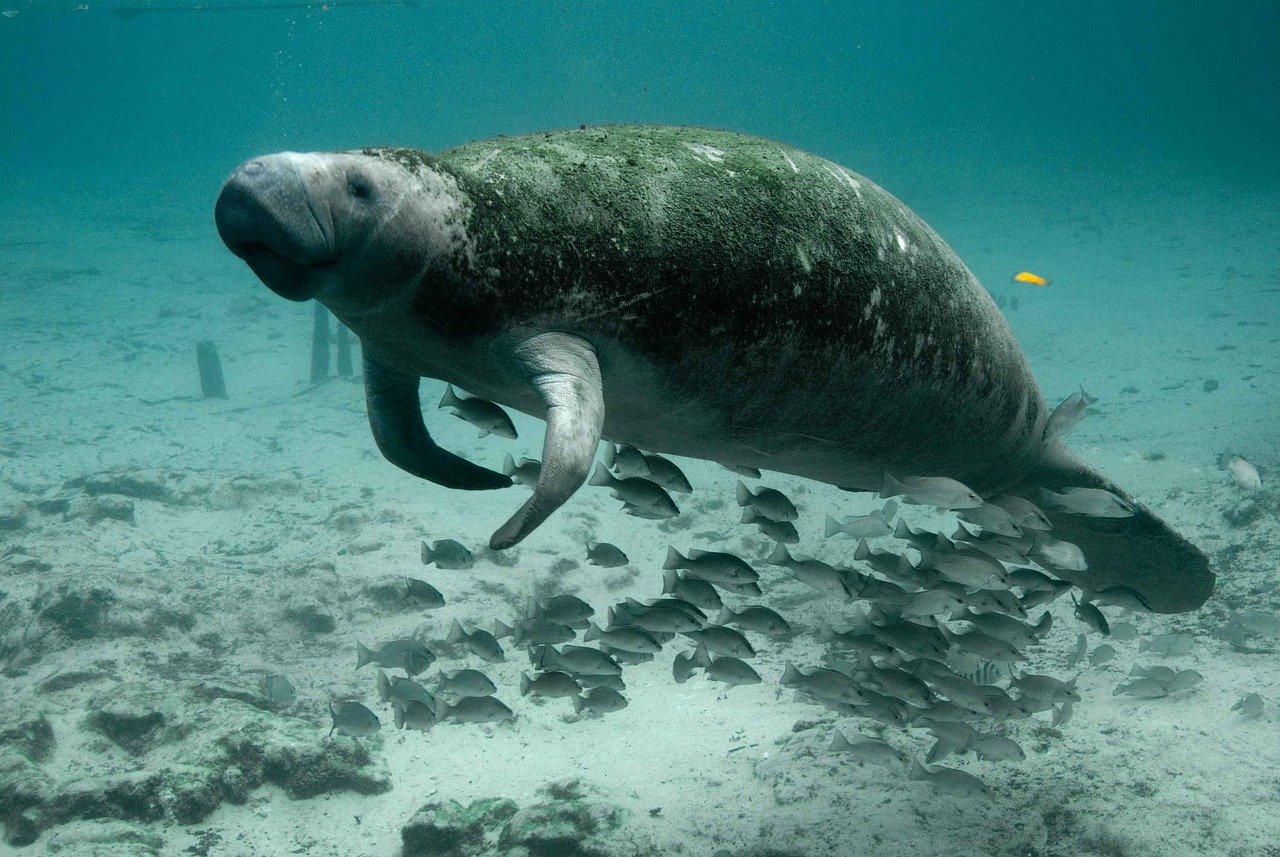
The story of Florida’s manatees reads like a medical thriller where the patient barely survives multiple life-threatening conditions. These gentle giants have endured boat strikes that would kill most animals, starvation in waters that should provide abundance, and a pollution crisis that turned their homes into toxic wastelands. Yet somehow, against all odds, they’re showing signs of recovery.
The manatees’ struggle isn’t just their fight – it’s ours too. Their survival depends on our willingness to change how we treat the waters they call home. Every septic system we upgrade, every boat speed limit we respect, and every pound of pollution we prevent from entering our waterways brings them one step closer to thriving instead of merely surviving.
What strikes you more – that they’ve endured this much, or that they’re still here at all?

